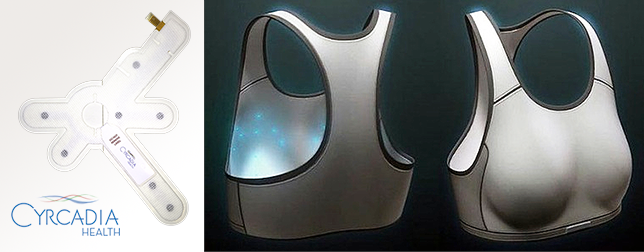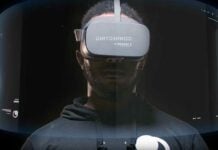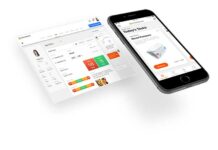Meet Chief Evangelist Behind Cancer-Detecting iTBra, Rob Royea who will be speaking at our WT | Wearable Technologies Conference in Milan on April 29.
1. Rob, we first met at our WT | Wearable Technologies Conference 2013 USA when you were still representing First Warning Systems. The company is now called Cyrcadia Health and your product seems to make great progress. What milestones have been achieved in the meantime?
We have made excellent progress with Cyrcadia over the past year. We designed a highly scalable, wearable, conformable technology, and have a finalized clinical product released through Flextronics, the largest provider of medical wearable patches globally. Commercial prototypes are in progress as we now enter into our final clinical validation trial here in the US. El Camino Hospital, The Ohio State University and now Stanford’s Canary Center specializing in identifying early biomarkers are all joining in the trial which we expect will begin no later than May and be completed with the first phase of 173 patients by September 2015. Larger screening trials will be conducted at the National University Hospital in Singapore and Through Apollo Medical in India by the end of 2015. Product launch is projected for early 2016 in Asia and Europe with the US to follow later in 2016 post final FDA clearance.
2. We believed in your product idea from the start and are happy to see your business grow. What is the difference between the new iTBra™ and the first version of the product that you were presenting in San Francisco in 2013?
The product is now complete for clinical trials (see image in the banner of this article), and prototype designs for commercial release of a highly scalable LEBT device is in process for release in late 2015.
3. How can women get a hold of your product? Is it already available to consumers or will it ever? Or is the plan to target medical professionals with the product only?
Our US trials will prove our technology valuable for physicians to better risk stratify the BI-RADS4 population. It the trials prove out as expected, the device will be utilized by physicians post mammography or ABUS Ultrasound, and pre-biopsy as a screening tool to improve upon the 70%+ of biopsies that are today conducted on non-cancerous tissue. Our tissue agnostic approach could reduce the 1.2M biopsies conducted on non-cancerous tissue substantially.
For the general population, our screening trials in Asia on mass populations are targeted at improved early screening first for the dense tissue (45%) of the population. If our technology proves to be tissue agnostic, as expected through indications from our original trials. The product can be sold over the counter, or proscribed by physicians as a monthly breast screening exam. Our smartphone enabled technology can alert a physician within minutes of an alert presented on a patient, even if she is simply going about her daily activities while wearing our device. Finally, with social media connectivity, a woman will now have the ability to determine if her loved ones are conducting their monthly screenings, and gamification applications will encourage use for those within the users connected profile.
4. You will be speaking at our WT | Wearable Technologies Conference 2015 in Milan which will have a focus on fashion and design. We all know people won’t wear a product if it is ugly. What design considerations are you taking into account for the iTBra™?
We are working with Flextronics wearable design team to ensure our technology will fit within, or attach to, the most widely used sport bras in the industry. We will test a number of profile alternatives while screening the population to ensure the most comfortable and effective technology release. We also understand that garment variance is required in different regions throughout the world. We will have users from India, Singapore the US and EU providing feedback on the most useful and acceptable profiles for their particular needs.
5. In your opinion what wearable still needs to be invented?
There is a massive expansion of wearables still to evolve which will directly benefit people for health care related events. Fitness wearable devices are only the beginning. Wearable devices which can help healthcare professionals obtain earlier diagnosis, proactive alerts transmitted to physician on impending strokes, heart attacks, seizures, and now even early stages of cancer growth will significantly impact the way we treat our patient population and reduce health care costs. Surgical procedures will continue to become less invasive through wearable sensors and drug delivery more specified to targeted regions will all improve health care outcomes through emerging value based medical wearable devices.















